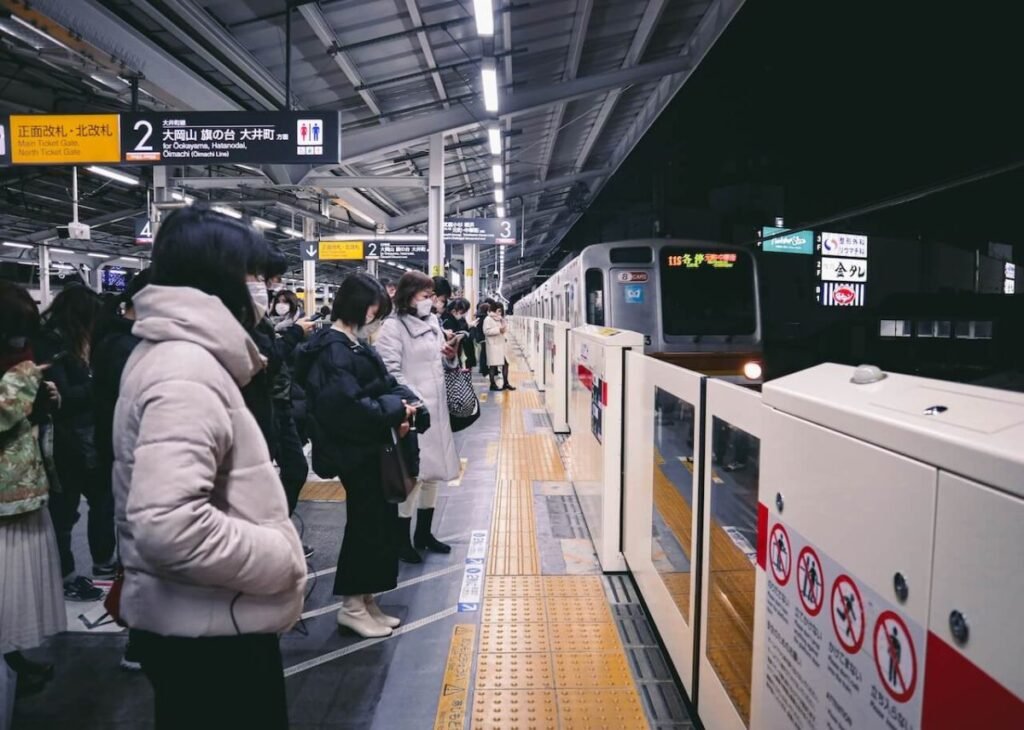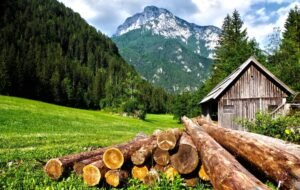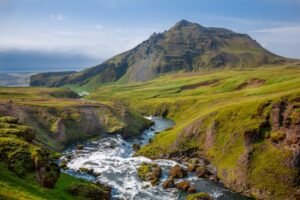
JR East-South Hokkaido Route
For a glimpse of Japan’s natural scenery and a wintry atmosphere, northern Japan is the perfect destination. This route, which stretches from just south of Tokyo to Sapporo, is ideally explored with the JR East-South Hokkaido Pass, allowing travelers six complete days to explore at their leisure.
Don’t forget to include Sendai on your travel plans. Often hailed as one of Japan’s most picturesque cities, Sendai, known as the ‘City of Trees,’ boasts abundant greenery and tree-lined streets that beautifully transform with each season. A visit to Jozen-dori Street is particularly recommended, as the iconic cedar trees add a delightful charm year-round.
Heading further north, Sapporo captivates visitors every February with its Snow Festival, where intricately carved ice sculptures turn the city into a stunning winter wonderland. For outdoor enthusiasts, nearby ski resorts like Teine and Kiroro provide excellent conditions for skiing and snowboarding.
JR Kyushu Rail Route
If winter isn’t your favorite season, you can trade Japan’s snowy mountain landscapes for the sunny vistas of Kyushu! The Kyushu Rail Pass offers access to Japan’s third-largest island, featuring well-known hot springs and nine active volcanoes.
Most travels commence in Fukuoka, the largest city in Kyushu, where you can immerse yourself in the region’s culture through its temples, shrines, and the historic Gion district.
Next, journey to Kumamoto to visit the stunning Kumamoto Castle. Ensure you also see Aso Volcano, one of the world’s largest calderas, which can be reached via local or limited express trains.
For a quintessential Japanese onsen experience, Beppu is essential. This town is famed for its steaming mountain hot springs and offers unique spa experiences like warm sand baths and mineral-rich mud baths—ideal for unwinding after your Japanese escapades!
Tateyama Kurobe Alpine Route
For those seeking an adventurous detour, the Tateyama Kurobe Alpine Route should be on your must-visit list. This route winds through the striking Hida, Kiso, and Akaishi mountain ranges—collectively known as the Japanese Alps—offering breathtaking mountain vistas and rugged landscapes.
While you will arrive in Tateyama via the Toyama Chihō Railway, the 90-kilometer (56-mile) alpine passage consists of a combination of cable cars, buses, and funiculars. The route climbs to a remarkable height of 2,400 meters (7,874 feet) as it connects Toyama Prefecture to Nagano Prefecture, earning it the moniker ‘The Roof of Japan!’
After your journey, consider a stop in Matsumoto, home to the famous Matsumoto Castle—one of the few original castles still standing in Japan—or visit Takayama, a quaint mountain town celebrated for its Edo-period wooden architecture.
Shikoku Pilgrimage Route
You may be familiar with notable pilgrimage journeys such as the Camino de Santiago in Spain or the Via Francigena in Italy, but Japan has an intriguing pilgrimage path of its own.
The Shikoku Pilgrimage is distinct as it weaves through 88 Buddhist temples located across the island of Shikoku, typically taking between 30 and 60 days to complete on foot. However, there’s a simpler way to experience it—with a JR Pass!
One of the main advantages of this pass is the ability to explore the island’s most stunning sights and take in spectacular views—all while comfortably seated in a train. Here are three cities on Shikoku Island worth visiting:
Matsuyama is likely your first destination as the largest city on the island. Known for Dogo Onsen, the oldest hot spring in Japan, Matsuyama perfectly combines history and relaxation in one spot.
Meanwhile, Takamatsu is famous for Ritsurin Koen, one of Japan’s largest and most exquisite gardens. Established in the 17th century, the garden features impressively designed ponds, islands, and scenic mountain views.
Lastly, Kochi is well-known for its historic Sunday market, which has been running for over 300 years along the main streets of the city. Be sure to visit Kochi Castle, a remarkable landmark with a rich history spanning four centuries.
Each of these routes presents a unique blend of natural beauty, cultural richness, and historical relevance, enabling you to explore Japan beyond its bustling urban centers. Whether you’re a winter sports lover, a history enthusiast, or in search of serenity, a JR pass is your gateway to uncovering Japan’s hidden treasures—one train journey at a time.






